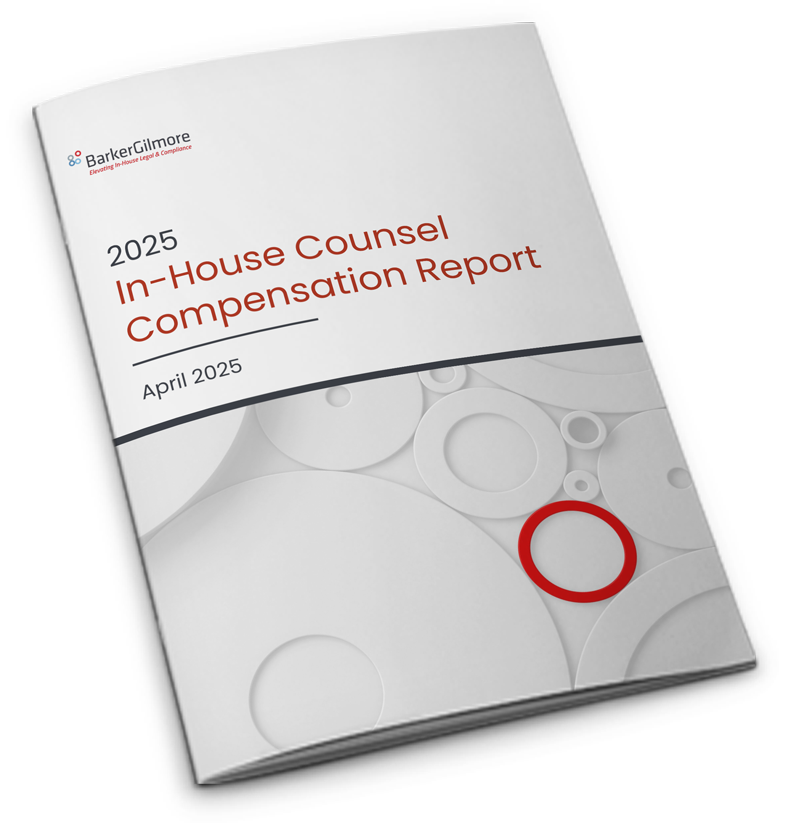Strategic Advisors and Coaches Audrey Rubin and Haydee Olinger take a deep dive into using data to prove the value of your legal and/or compliance department to the business. They explore the parameters of what constitutes valuable data, why it’s important for in-house counsel to track it, and help you understand how data can justify new hires and new technologies at a time when companies are increasingly asking legal departments to reduce costs. Data can even help you to spot trends and reduce risks. Hear from these highly respected and successful veterans as they share their personal experiences, lessons learned, and practical tips for telling a compelling story about your department through data and analytics.
Below are highlights from the webinar. To learn more, the video recording, slide presentation, and podcast are available on this page.
Lawyers are often skeptical about using numbers to measure their value. However, in today’s aggressive business world, numbers are the language of communication and need to be your stock in trade. Great legal skills are a given and serving as a strategic business partner is the new normal. To make sure that the board, the finance department, and the C-suite really understand your value as a GC and/or CCO – and the value of your respective department – you must learn how to use a wide range of data to provide an empirical picture that speaks to them in the language they best understand.
Data is a wide range of factual information.
Data does not need to be numerical on its face. When considering what can be used for documentation and support, consider nearly all activities, occurrences, and services. Just about anything can be broken down and turned into data, and there are numerous elements therein that can be dissected to form meaningful numbers and paint a definitive picture.
“Nearly all activities, even services like counseling and advice, have some element that can be viewed from the perspective of data. For example, you may not have only worked on a great contract and then negotiated it well, but think about the time that you spent in getting the contract signed.”
— Audrey Rubin
How do you identify and use data without compromising your day job?
It is likely that a great deal of useable data already exists in your systems; you just need to figure out how to access it. Reports can often be generated with information that is already available if the right search criteria and queries are used. Data can also be easily obtained by simply requesting it. For example, if you need statistics on the diversity of your vendors, ask them to disclose the numbers in an RFP or via annual report cards.
Do you know how to create a process map?
Process mapping is a useful tool that generates big results. To determine the strategic value of the legal department, identify by quadrant what work has low complexity and low strategic value and consider outsourcing or automating it. The mapping process can also help pinpoint other useful insights such as which business units send you the most legal matters, how the legal department spends its time, and why.

“Mapping allows you to focus your legal department’s resources where you want them — on the high strategic value projects. It may help during budget time to show the CFO and CEO that you have determined the highest and best use of your team, and then you can potentially shift or request additional resources as needed to focus on those high strategic value areas.”
— Haydee Olinger
Key Performance Indicators are where your metrics can make a big difference.
KPIs are defined as “the critical (key) indicators of progress” toward the major goals of the company and/or the department. According to Peter Drucker, “What gets measured gets done.” While companies use KPIs to track performance against their major goals, legal and compliance departments can develop and track their own KPIs or identify indicators that will roll-up and support the KPIs of the organization. This is where metrics and reports can really help demonstrate the value of your department — clearly documenting how your work supports the KPIs and overall goals of the business. Many in-house legal and compliance departments use KPIs to evaluate outside counsel, track matter cycle time, measure outcomes against estimated recoveries for litigation, and calculate turnaround time on specific types of contracts, for example.
Audrey Rubin, Haydee Olinger, and our team of consultants are happy to help accelerate the initiatives that you’re already pursuing or to supplement your current strategic thinking to help you realize your vision. Please reach out if you or your organization may benefit from our recruiting, leadership development and coaching, or legal and compliance department consulting services.
Connect with a legal recruiting advisor
* indicates required fields



